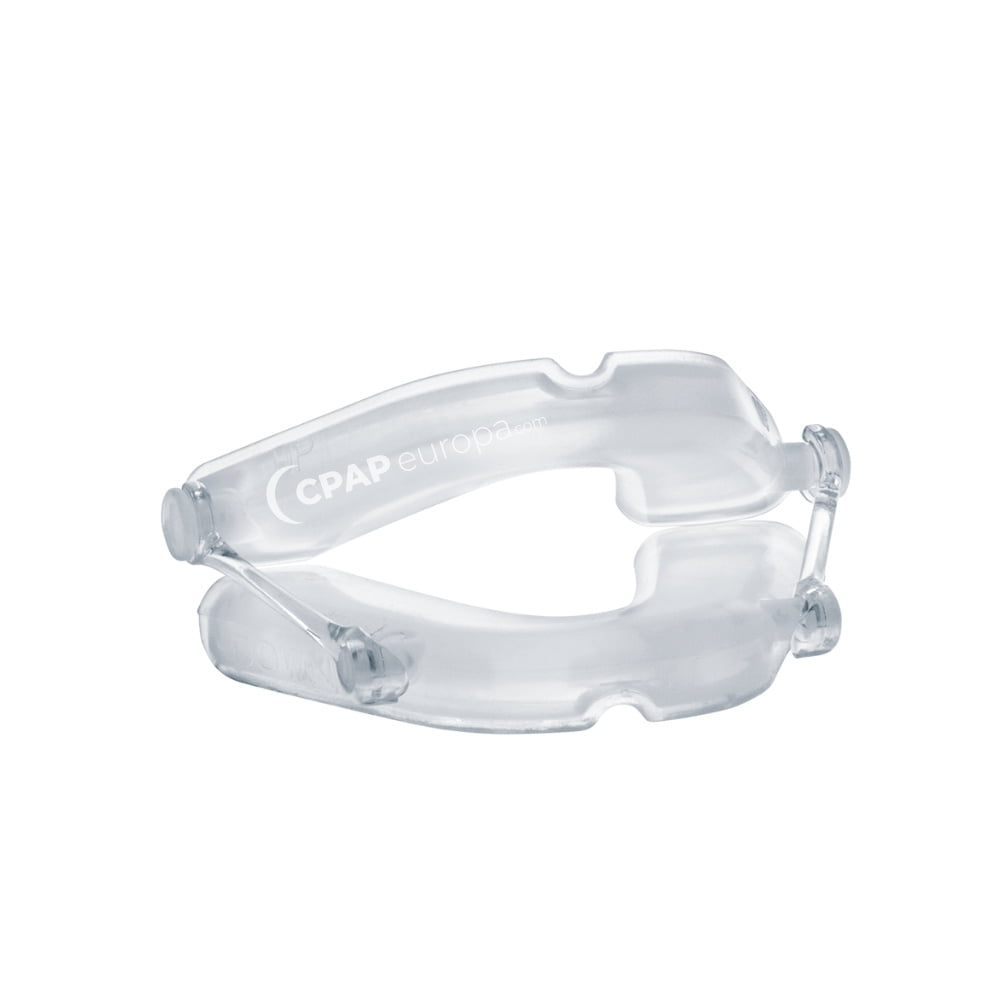
What is a MAD device and how does it work?
MA devices, also known as Mandibular Advancement Devices (MAD), offer several benefits, primarily helping to alleviate snoring and sleep apnea. A study conducted in 2000 on a small sample size of 22 individuals who used MADs over 12 to 30 months found that the devices were effective in treating both conditions, with all participants expressing the desire to continue using them. The Royal Australian College of General Practitioners notes that MADs are most beneficial for those with mild to moderate sleep apnea, young people, females, and individuals with a receding jaw structure, as well as those whose sleep apnea improves when sleeping on their side. However, older adults, those with obesity or excess fat around the neck, those with a stiff jaw, individuals with dental conditions like gum disease, and those with central sleep apnea may not experience significant symptom improvement with MADs.
Are there side effects from using mandibular advancement device?
While MADs may help alleviate sleep apnea and snoring symptoms, there are potential side effects to consider. These may include discomfort in the mouth and jaw area, toothache, excess drooling, dry mouth, and gum irritation.
One of the most popular mandibular devices with clinically proven results in mild to moderate sleep apnea cases is the Oniris Mandibular Advancement Device.
MAD vs. CPAP: which is more effective in sleep apnea treatment?
When it comes to treating sleep apnea, Continuous Positive Airway Pressure (CPAP) is considered the standard treatment, but some individuals may struggle to adhere to it. In fact, research shows that around 50% of people using CPAP eventually abandon treatment. A review published in the Journal of Thoracic Disease suggests that Mandibular Advancement Devices (MADs) can be useful for individuals with mild sleep apnea or those who have difficulty with CPAP treatment. Overall, CPAP is more effective for treating sleep apnea than MADs, but MADs are generally more cost-effective and easier to use, as they are portable, take up less space in the bedroom, produce no noise, and do not require electricity. However, MADs are not effective for everyone, and according to the American Thoracic Society, they are useful for improving symptoms but not for fully controlling sleep apnea. On the other hand, CPAP is more likely to provide immediate relief from sleep apnea symptoms.
Mandibular advancement devices (MADs) offer a practical solution for managing snoring and obstructive sleep apnea with minimal adverse effects, user-friendly design, and cost-effectiveness in comparison to CPAP. Nonetheless, not all individuals may benefit from MADs, particularly those suffering from severe or central sleep apnea. If concerned about possible sleep apnea, seeking medical advice from a doctor or sleep specialist is recommended. Diagnosis of sleep apnea can be confirmed through a sleep study, following which a specialist can offer appropriate treatment alternatives.